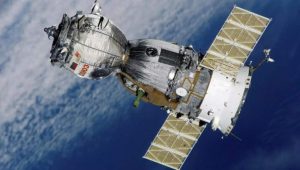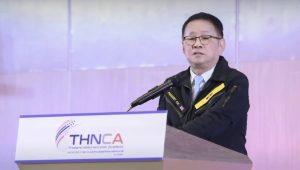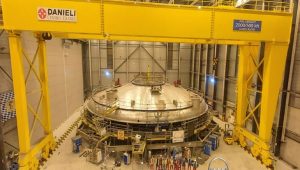The Indian Space Research Organisation (ISRO) on September 18 announced that its solar exploration mission, Aditya-L1 has commenced collecting scientific data.
The sensors of the Supra Thermal and Energetic Particle Spectrometer (STEPS) instrument, a part of the Aditya Solar Wind Particle Experiment (ASPEX) payload, instrument have begun measuring supra-thermal and energetic ions and electrons at distances greater than 50,000 km from Earth, the Indian space agency wrote on X.
The data collected helps scientists analyse the behaviour of particles surrounding Earth. The figure displays variations in the energetic particle environment, collected by one of the units, it added.
The activation of STEPS took place on September 10, at a distance greater than 50,000 km from Earth, equivalent to over eight times the Earth’s radius. After undergoing essential instrument health checks, data collection continued until the spacecraft moved beyond the 50,000 km mark from Earth.
Each unit of STEPS is functioning within normal parameters, and the provided figure displays measurements illustrating variations in the energetic particle environment within Earth’s magnetosphere, captured by one of the units, the statement read.
These measurements will persist throughout the Aditya-L1 mission’s cruise phase, as it progresses towards the Sun-Earth L1 point, providing crucial insights into the origin, acceleration, and anisotropy of solar wind and space weather phenomena.















